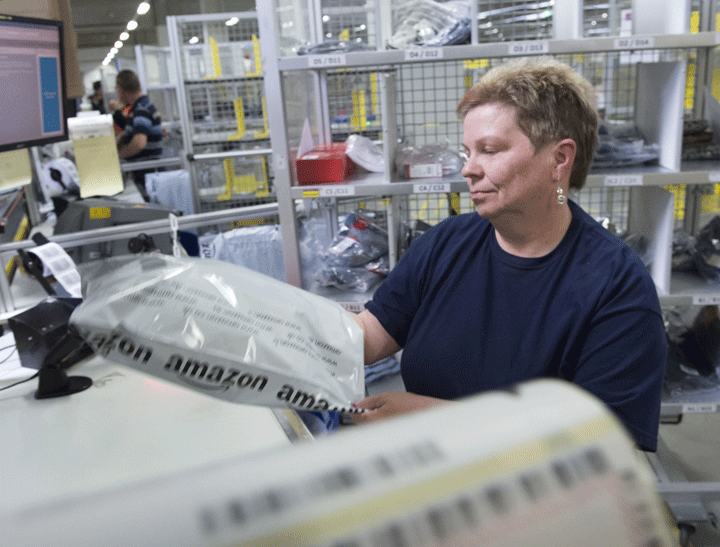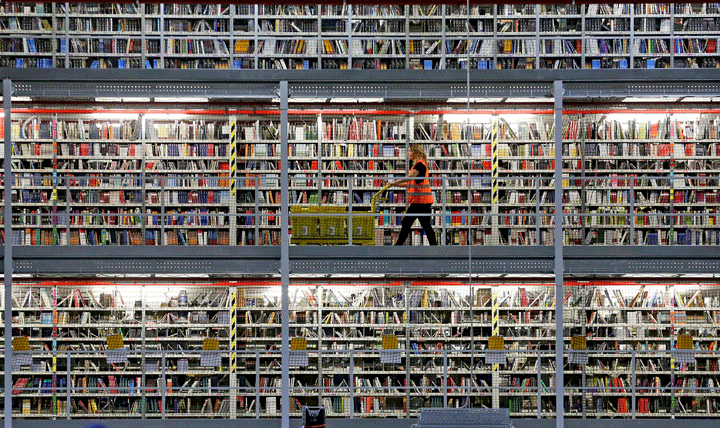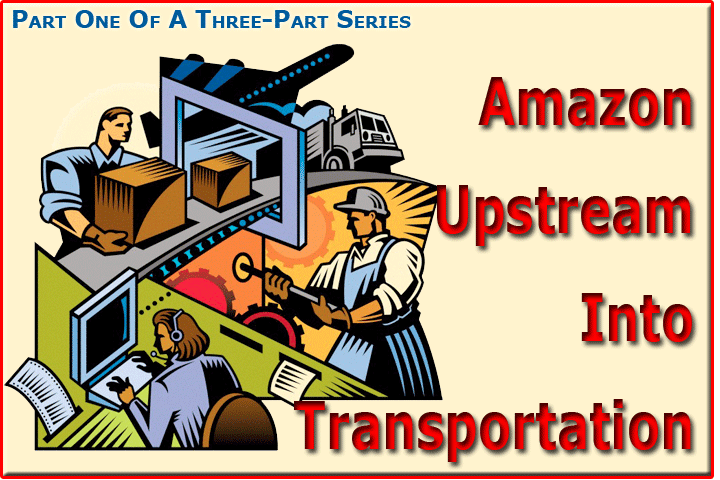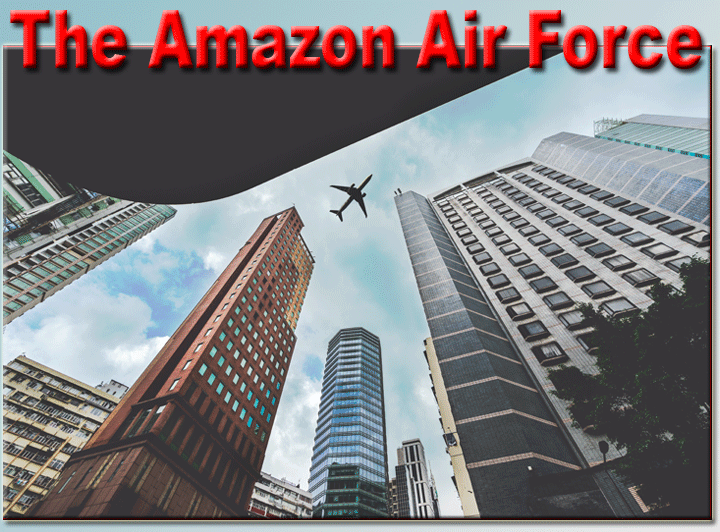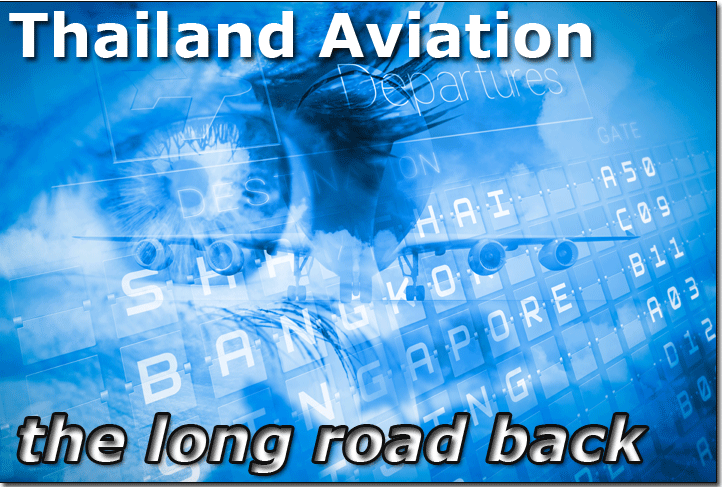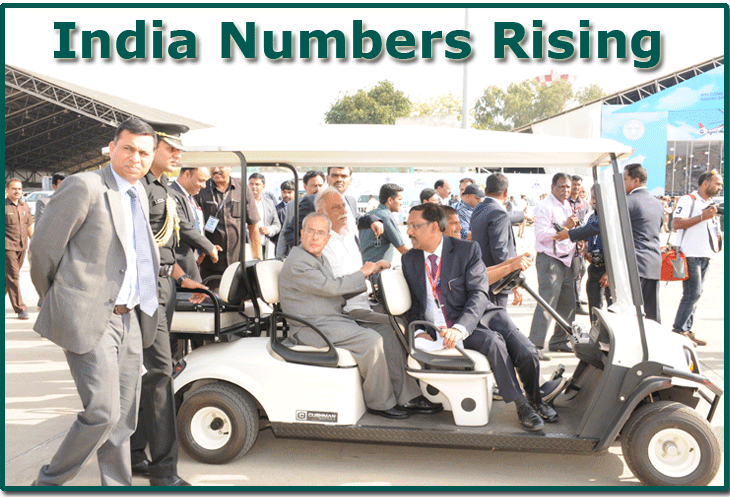 |
 |
 #INTHEAIREVERYWHERE |
| Vol. 15 No. 37 | Wednesday
May 11, 2016 |
|
FT: Should
integrators be worried?
FT: Will
Amazon face competition from other supply chain disruptors?
|
 |
As reported
late last year by FT, the ICAO safety audit that downgraded
the Thai aviation system to Category 2 basically said
Thai commercial aviation is deficient and not up to
snuff to international minimum safety standards, a notion
later endorsed by both the US FAA and their European
counterpart EASA after conducting their own audits.
|
 |
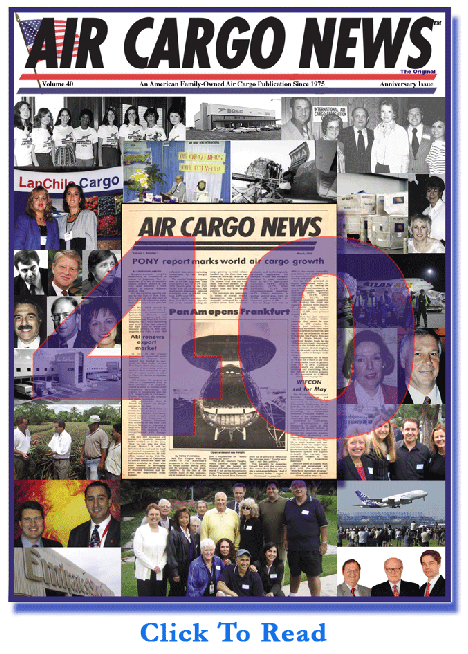 |
Over
the last few weeks, a constant refrain in Indian aviation
circles has been that within the next four-five years
the country will become the third largest aviation market
after the U.S. and China. Not without reason: Everyone
has been quoting from a study done by KPMG and apex
chambers of commerce body, FICCI (Federation of Indian
Chambers of Commerce and Industry), called the “India
Aviation Report.” Released
at the recent India Aviation 2016 in Hyderabad (this
was the fifth edition of the exhibition and conference),
the report pointed out that “India is the ninth
largest civil aviation market in the world with a market
size of $16 billion and aims to become the third largest
market by 2020 and the largest by 2030. This is possible
due to a host of factors, including increased competition,
low-cost carriers, modern airports which are expanding,
improved technology in both air side and city side operations,
foreign direct investment (FDI), and increased emphasis
on regional connectivity.” Those words must have
sounded like music to the ears of those handling civil
aviation in the country and, in fact, they were even
better than International Air Transport Association’s
forecast of India achieving the third rank by 2026. |
 |
Will
people and cargo travel in a tube on the ground at
the speed of sound? |
If
You Missed Any Of The Previous 3 Issues Of FlyingTypers
Access complete issue by clicking on issue icon or Access specific articles by clicking on article title |
||
 Vol. 15 No. 34 Get Down & Play The Logistics Game Nepal Story One Year Later India Needs Infrastructure & Process Efficiencies Chuckles For April 28, 2016 Letters The The Editor For April 28, 2016 |
 Vol. 15 No. 35 Amazon Upstream Into Transportation Chuckles For May 3, 2016 Taking Stock Mixes Demand Helmut Places People Claudio Reinvented Long Hot Days Catching The Rays |
|
Publisher-Geoffrey
Arend • Managing Editor-Flossie Arend • Film Editor-Ralph Arend • Special Assignments-Sabiha Arend, Emily Arend • Advertising Sales-Judy Miller |
|

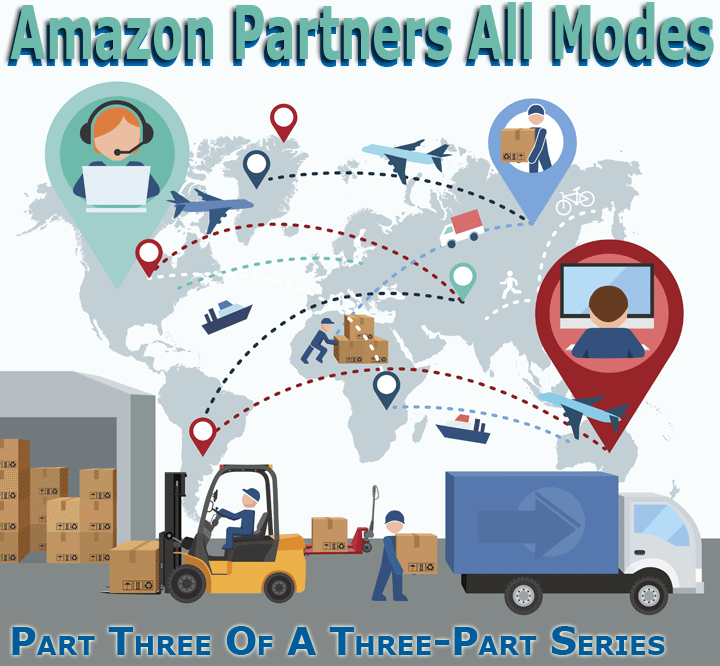
 FlyingTypers:
Amazon’s
move into logistics has thrown many incumbents, including
integrators, off balance—what do you think the
retailers supply chain strategy is?
FlyingTypers:
Amazon’s
move into logistics has thrown many incumbents, including
integrators, off balance—what do you think the
retailers supply chain strategy is?